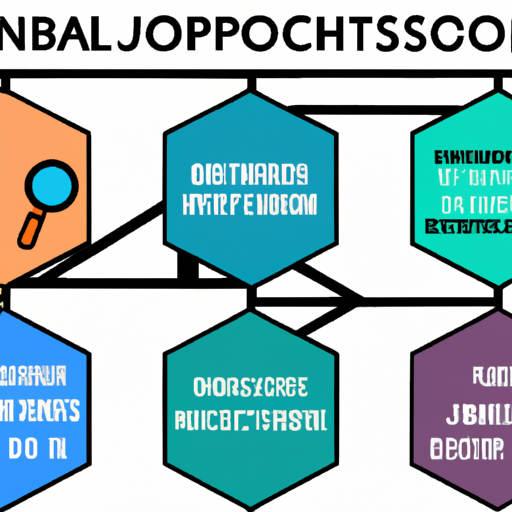Introduction
As organizations evolve in the fast-paced digital landscape, traditional job titles and rigid team structures often stifle innovation and agility. The focus is shifting towards structuring teams based on capabilities rather than adhering to conventional roles. This capability-driven approach not only enhances collaboration but also empowers individuals to leverage their strengths fully, leading to more dynamic and effective teams.
The Limitations of Traditional Job Titles
Traditional job titles categorize employees into predefined roles that can limit potential and create silos within organizations. Here are some of the key limitations:
- Rigid Boundaries: Job titles can create a fixed mindset where individuals feel constrained to their described roles, inhibiting creativity and collaborative efforts.
- Misalignment with Skill Sets: Employees may possess a diverse range of skills that don't align with their official job titles, leading to underutilization of talent.
- Communication Barriers: Clearly defined roles can lead to misunderstandings and hinder effective communication between departments.
These limitations underscore the necessity for organizations to rethink their structuring approach, allowing teams to focus more on capabilities and less on rigid job definitions.
The Benefits of Capability-Based Team Structures
Adopting a capability-based team structure can bring numerous advantages to an organization. Here are some notable benefits:
- Enhanced Agility: Teams can quickly adapt to changing project requirements or market conditions, as they are not confined to specific job descriptions. This fluidity allows for faster decision-making and implementation.
- Improved Collaboration: A capabilities-focused approach encourages individuals to collaborate across disciplines, leveraging diverse skill sets to solve complex problems. This fosters a culture of teamwork and innovation.
- Talent Utilization: When teams are structured around capabilities, organizations can maximize the potential of their workforce by aligning individuals' strengths with project needs, resulting in higher job satisfaction and performance.
For example, in a software development environment, rather than being categorized strictly as developers, testers, or project managers, team members could be organized based on their capabilities like coding, testing, and project coordination. This allows for dynamic roles that can shift as project needs evolve.
Implementing a Capability-Based Structure
Transitioning to a capabilities-driven team structure requires thoughtful planning and execution. Here are some strategies to facilitate this process:
- Identify Core Capabilities: Begin by mapping out the key capabilities required for your organization's success. This could include technical skills, soft skills, and domain knowledge.
- Assess Employee Skills: Conduct a skills inventory to understand the capabilities of your employees. Tools like self-assessments, peer evaluations, and manager feedback can provide valuable insights.
- Define Fluid Roles: Instead of assigning fixed job titles, define roles based on capabilities needed at any given time. Encourage employees to take on tasks that align with their skills, even if they differ from their primary responsibilities.
- Foster a Culture of Learning: Create an environment where continuous learning is encouraged. This enables employees to develop new skills and enhance their capabilities, making them more versatile within teams.
- Promote Cross-Functional Collaboration: Encourage project teams to consist of individuals from different backgrounds and skill sets. This enhances knowledge sharing and innovation, leading to more successful outcomes.
Implementing these strategies can help organizations transition smoothly to a more dynamic and capability-oriented structure that drives performance and innovation.
Conclusion
In the rapidly changing business environment, organizations must adapt to succeed. Structuring teams around capabilities rather than traditional job titles empowers employees to collaborate effectively, utilize their skills fully, and respond to market dynamics with agility. By embracing this approach, organizations can foster a culture of innovation and resilience, better positioning themselves for future challenges.

